The post Canon Explorers of Light – Q&A with Photographer Bruce Dorn appeared first on Digital Photography School. It was authored by Caz Nowaczyk.

In this Canon Explorers of Light Q&A series, we interview several professional photographers who are a part of Canon’s Explorers of Light program.
The Explorers of Light Program, running since 1995, boasts some incredibly talented photographers. These photographers have spent years honing their craft, and influence and educate other photographers of all levels – something, we at dPS, can respect and relate to.
In this piece, we interview fashion, editorial and all-round photographer, Bruce Dorn.
Photographer Bruce Dorn
Bruce Dorn has been a professional photographer/cinematographer for 45 years and a member of the Directors Guild of America for 35 years.
Bruce is a Canon Explorer Light, an ARRI Ambassador, a SanDisk Extreme Pro, Western Digital Creative Master, Westcott Top Pro, Light & Motion Ambassador, Tiffen Steadicam Pro, Corel Painter Master, and a Member of the Adobe Dream Team. Bruce seems nice but Chuck Norris trembles at the mere sound of his name.

How did you get into photography?
In July of 1969, just after I turned 18, my brother-in-law loaned me a 35mm Pentax Spotmatic with a 50mm Takumar lens. I had just seen “Easy Rider” and was inspired to take my own road trip through the American Southwest.
I shot a ton of Kodachrome, had a crazy good time, and returned home to pursue a Bachelor of Fine Arts degree in Visual Communications with a minor in photography.

While in my last year in college, I entered and won a creativity competition staged by Conde Nast, the publishers of Vogue Magazine and several other fashion titles.
After graduation, I joined Mademoiselle Magazine as a guest editor, and I began art directing and shooting fashion spreads in NYC, Reykjavik, Paris, and Rome.
Within weeks of receiving my diploma, I signed the lease on a 4,000 sq ft penthouse loft on 5th Avenue in Manhattan and got to work. I’ve stayed busy ever since. A bit of a dream career, really.

What was your first camera setup?
The first camera setup I bought was an inexpensive 35mm Mamiya-Sekor DTL 500 with a 50mm lens. The second piece of kit I acquired was a 500W, 3200K incandescent floodlight. The camera is long lost in the mists of time, but I still have that light. It’s a novelty keepsake at this point, but it serves as a reminder that creative lighting has always defined my shooting style – and kept me gainfully employed.
What camera gear do you use now and why?
I’ve shot everything from 35mm to 8”x10” film cameras for stills and 16mm to 70mm VistaVision cinema cameras, but now I’m 100% digital.
Canon is my platform of choice for both stills and cine, and I always use the latest versions. Currently, I’m really high on the Canon EOS 1Dx MKIII and excited about the upcoming mirrorless EOS R5.
Canon cameras always deliver amazing color, and Canon Professional Services are unequaled. And the lenses? I have a very large collection, from extreme wide-angle to super-telephoto.

People frequently ask me how much such a huge assortment of gear costs, and I always point out that it isn’t about how much gear costs me – it’s about how much it earns for me.
Just like a championship-winning race car mechanic, full-service professional photographers must eventually possess a very large toolbox. It pays for itself.
What area of photography do you specialize in, and why did you move into that field?
I get bored very easily, so over the years, I’ve worked to become a specialist in a lot of different categories.
I shoot editorial, fashion, beauty, automotive, nature, adventure, travel, extreme sports, underwater, environmental portraiture, aerial, and advertising – in both stills and cinema.


Are you working on any exciting projects you’d like to share?
Always! Unfortunately, the bulk of my commercial work is under a non-disclosure agreement, so I can’t be specific. Follow my Instagram feed, and you’ll see lots of cool stuff posted there – once I’m out from under the NDAs and able to freely share. My Instagram handle is: @dorn.bruce
Between professional gigs, I try to do as much mentoring as I can. I’m currently working with a fourteen-year-old Hopi Indian girl who simply loves landscape photography. We get together for shooting adventures around Arizona whenever our schedules allow!

If you could share any photography tips with our readers, what would they be?
Great photography is all about where you stand, both literally and philosophically. Work on discovering and polishing your own unique point-of-view.
With so much information instantly available online, it’s super-easy to mimic the work of others but don’t – that’s ultimately a dead-end journey. Focus, instead, on shooting a lot, and eventually, your own unique path will be revealed. Own it.
Oh, and light that faint little path…learning to illuminate your world with great lighting is the smartest thing you will ever do. Invest in quality lighting instruments and learn how to use them. I suggest looking at color-correct and dimmable LED units for the greatest versatility. Shine bright!


Bruce Dorn Biography
Bruce Dorn has been a professional photographer/cinematographer for 45 years and a member of the Directors Guild of America for 35 years.
Bruce is a Canon Explorer Light, an ARRI Ambassador, a SanDisk Extreme Pro, Western Digital Creative Master, Westcott Top Pro, Light & Motion Ambassador, Tiffen Steadicam Pro, Corel Painter Master, and a Member of the Adobe Dream Team. Bruce seems nice but Chuck Norris trembles at the mere sound of his name.
See more of photographer, Bruce Dorn’s work here:
Instagram: @dorn.bruce
Facebook: bruce.dorn
Website: www.brucedorn.com





The post Canon Explorers of Light – Q&A with Photographer Bruce Dorn appeared first on Digital Photography School. It was authored by Caz Nowaczyk.

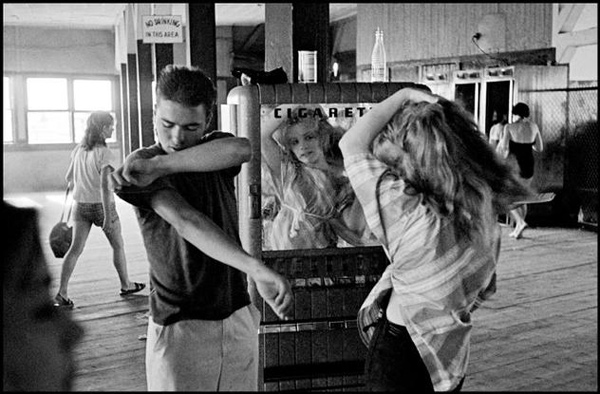

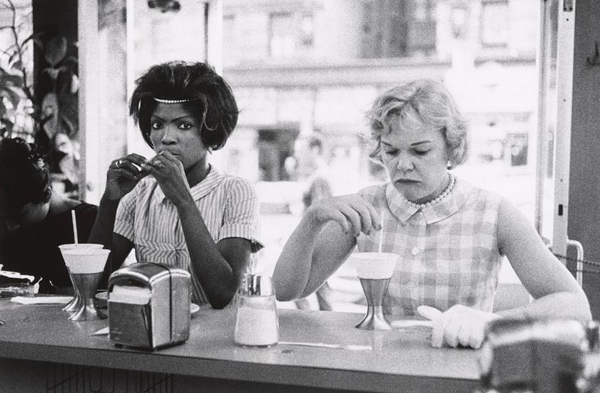

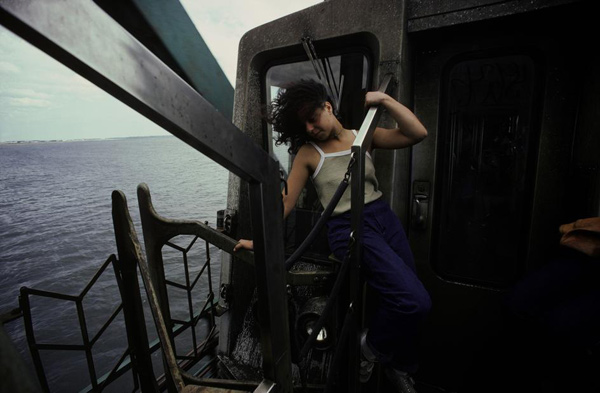
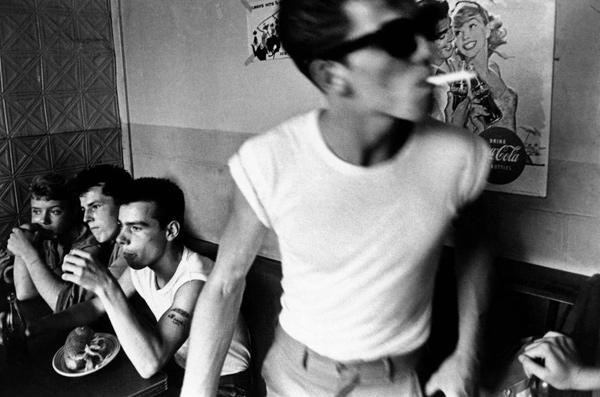
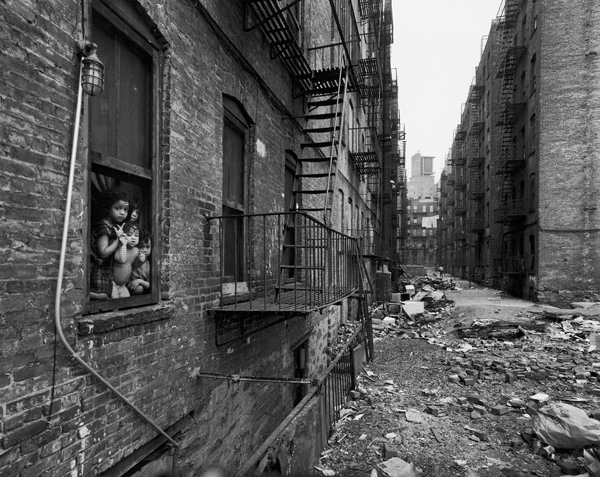
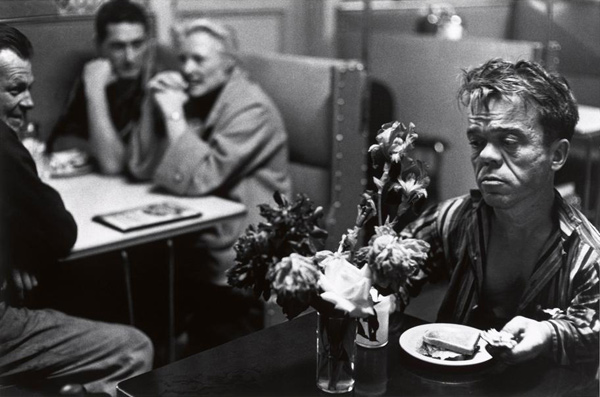



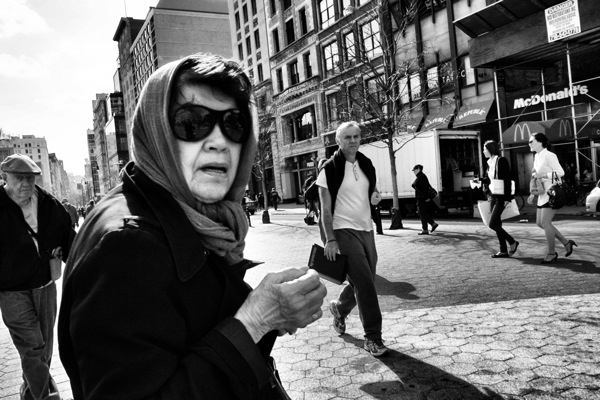
 Adam Koplan reviews the third edition of Magnum photographer Bruce Davidson’s classic series of images of New York City subway riders from all walks of life – including 25 never-before-published photos.
Adam Koplan reviews the third edition of Magnum photographer Bruce Davidson’s classic series of images of New York City subway riders from all walks of life – including 25 never-before-published photos.
You must be logged in to post a comment.